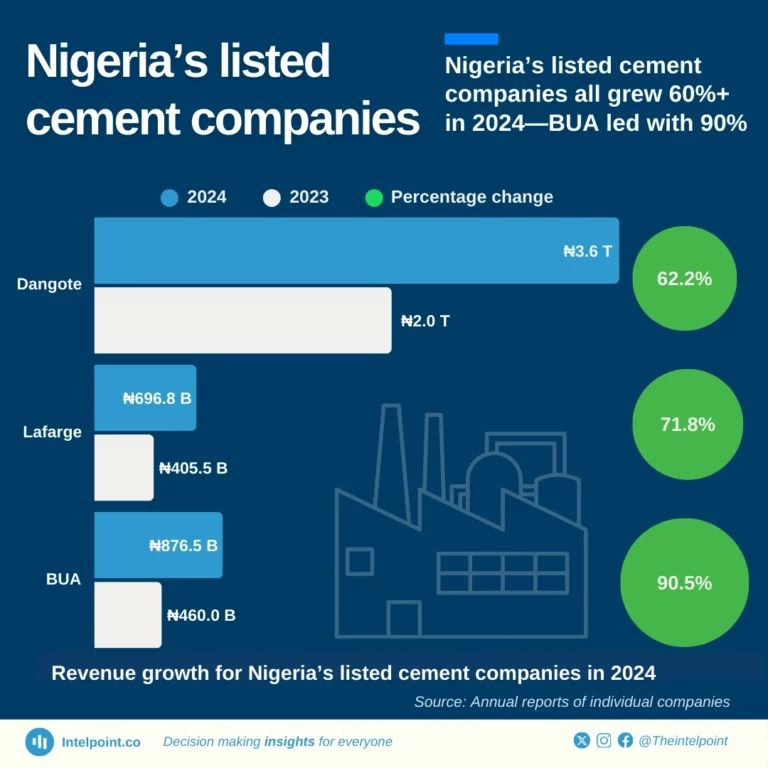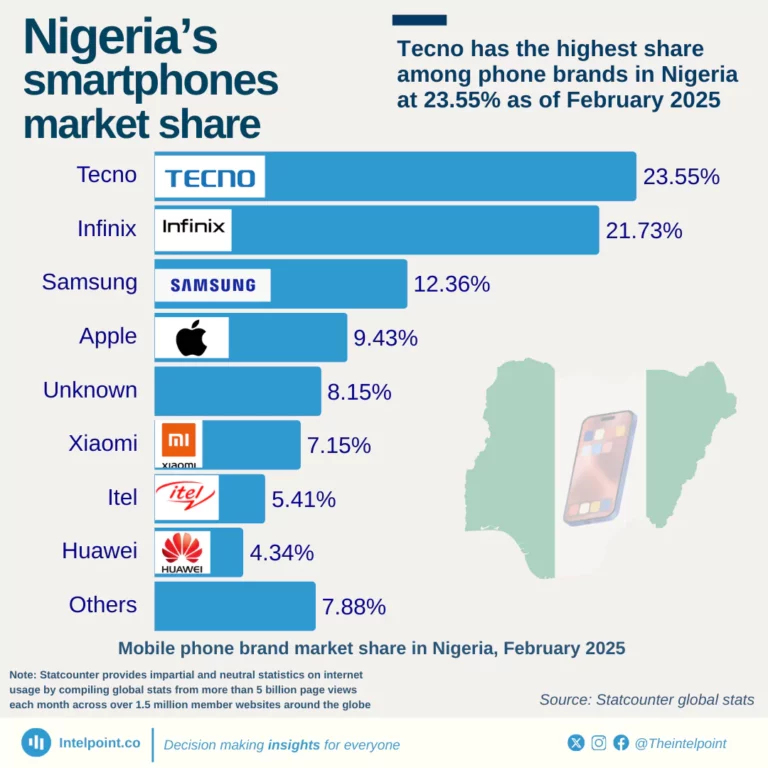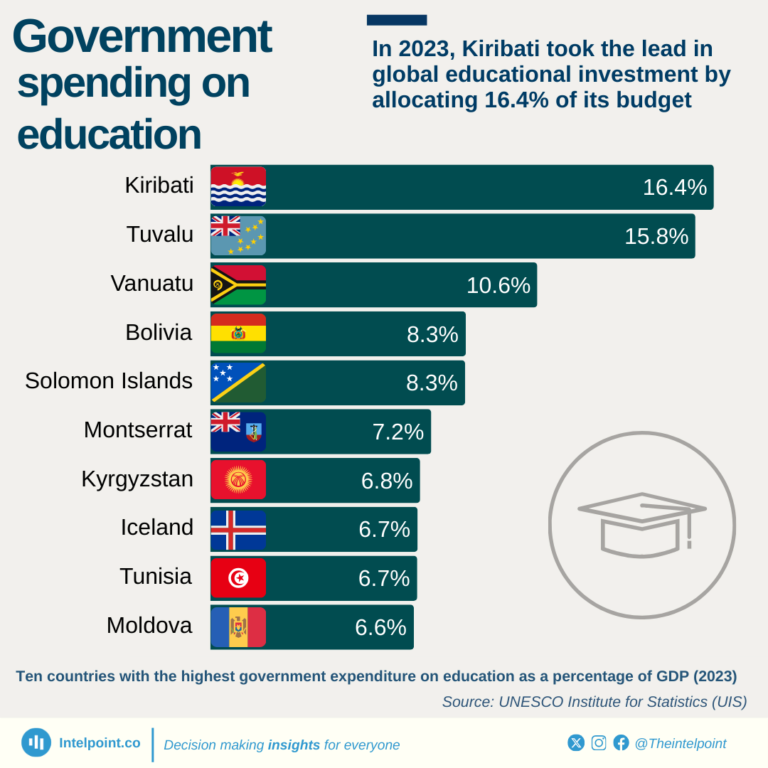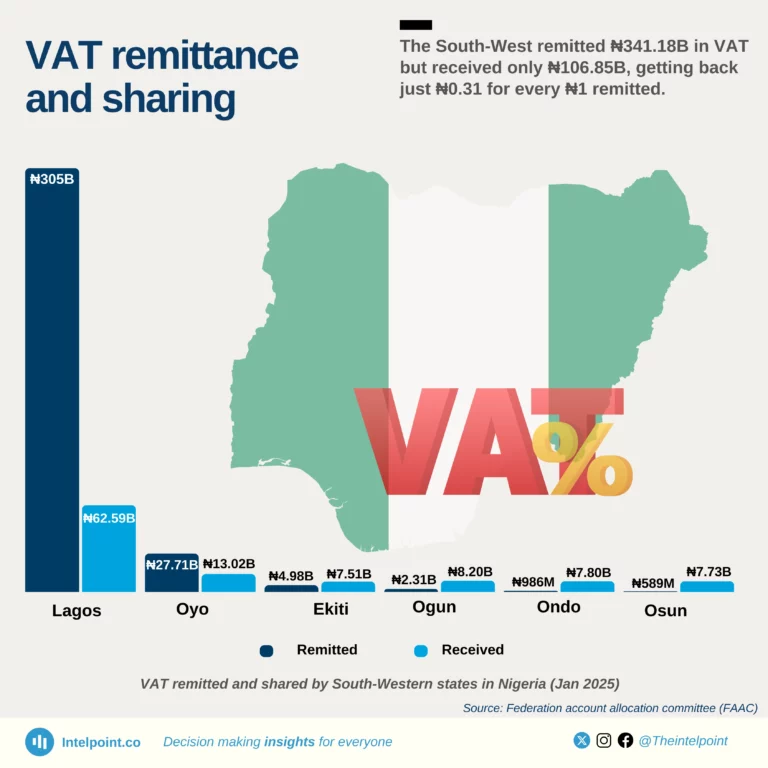
Seychelles has the most powerful passport in Africa in 2023, with visa-free access to 155 countries and territories, followed by Mauritius (148). Nigerian passport holders have visa-free access to 46 countries, one of the lowest in Africa. Africa's most powerful passports in 2023 by the number of travel destinations passport holders can travel to visa-free:
Seychelles (155), Mauritius (148), South Africa (106), Botswana (89), Namibia (81), Lesotho (79), Eswatini (77), Kenya (76), Malawi (75), Tanzania (73).
Africa's least powerful passports in 2023 by the number of travel destinations passport holders can travel to visa-free:
Liberia (51), Djibouti (49), Ethiopia (47), Nigeria (46), South Sudan (46), DR Congo (45), Eritrea (44), Sudan (44), Libya (41), Somalia (35).

Abdulsamad Rabiu’s wealth has consistently increased for 4 consecutive years since 2020. Aliko Dangote, on the other hand, experienced 3 consecutive years of wealth growth starting from 2021. Mike Adenuga's wealth recorded growth in 2021 and 2022, but it took a downturn in 2023.
Abdulsamad Rabiu's financial journey has been particularly noteworthy, with his wealth witnessing a substantial surge from $1.2b in 2014 to $8.2b in 2023. This growth has seen him surpass Mike Adenuga and become the country's second-wealthiest individual as of 2023.


Over time, Nigerian workers under 50 have increasingly relied on pension savings during unemployment. This graph illustrates the upward trend with some fluctuations in both the total amount withdrawn — ₦26.9 billion in 2022, and the number of approved withdrawals. Individuals who can withdraw 25% of their retirement savings balance are those who disengaged/retired before the age of 50 years in accordance with the terms and conditions of their respective employment and stayed unemployed for at least six months.

President Tinubu was recently elected to take over from President Umaro Embaló of Guinea-Bissau as ECOWAS Chairman, making him the 9th from Nigeria. Since its inception, new chairmen have emerged 36 times, with Nigeria producing the most chairmen. Four countries in the ECOWAS region have collectively produced more than half of the chairmen since the organisation's founding, with each contributing multiple chairmen. Cape Verde is the only member country yet to produce a chairman.





